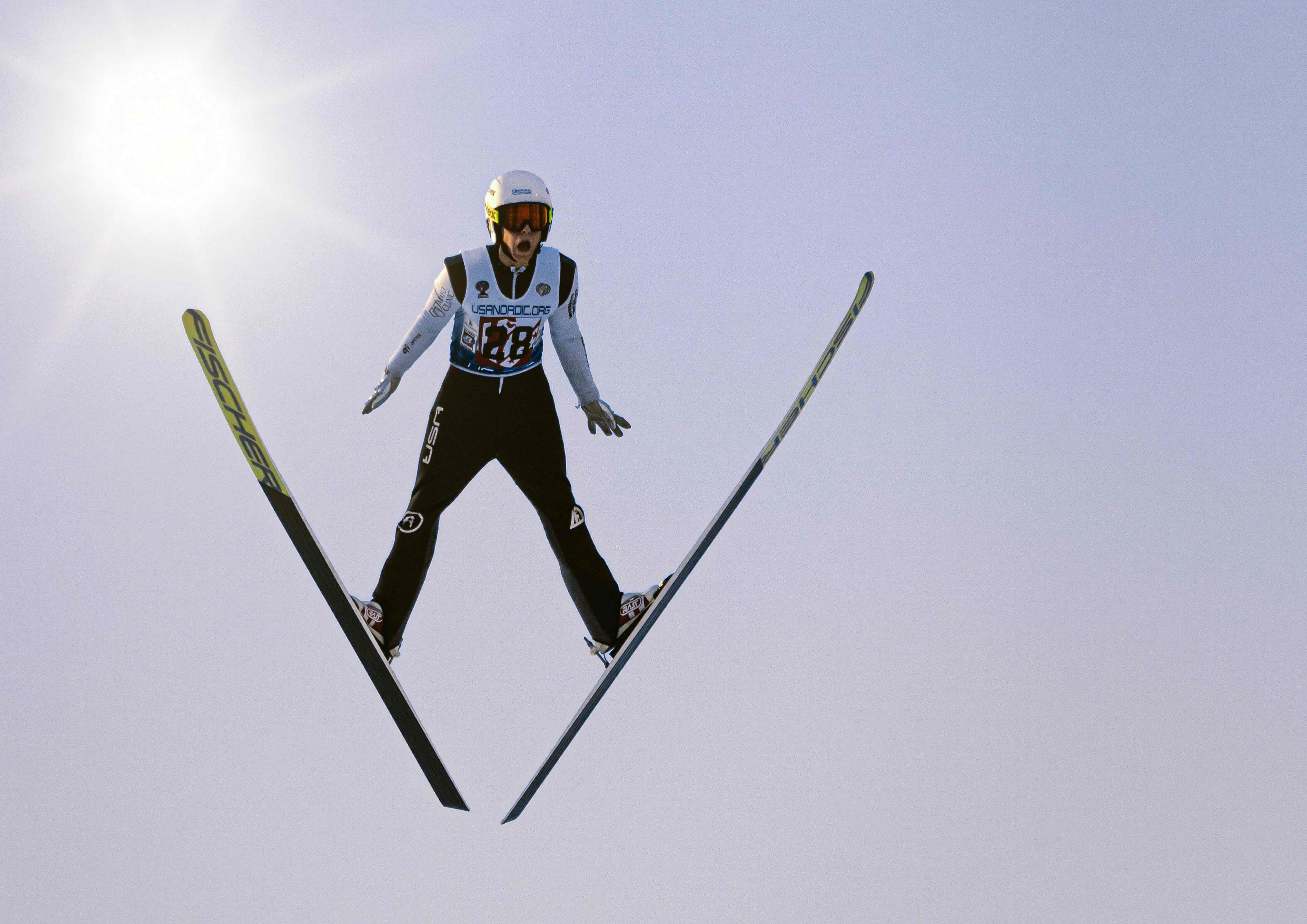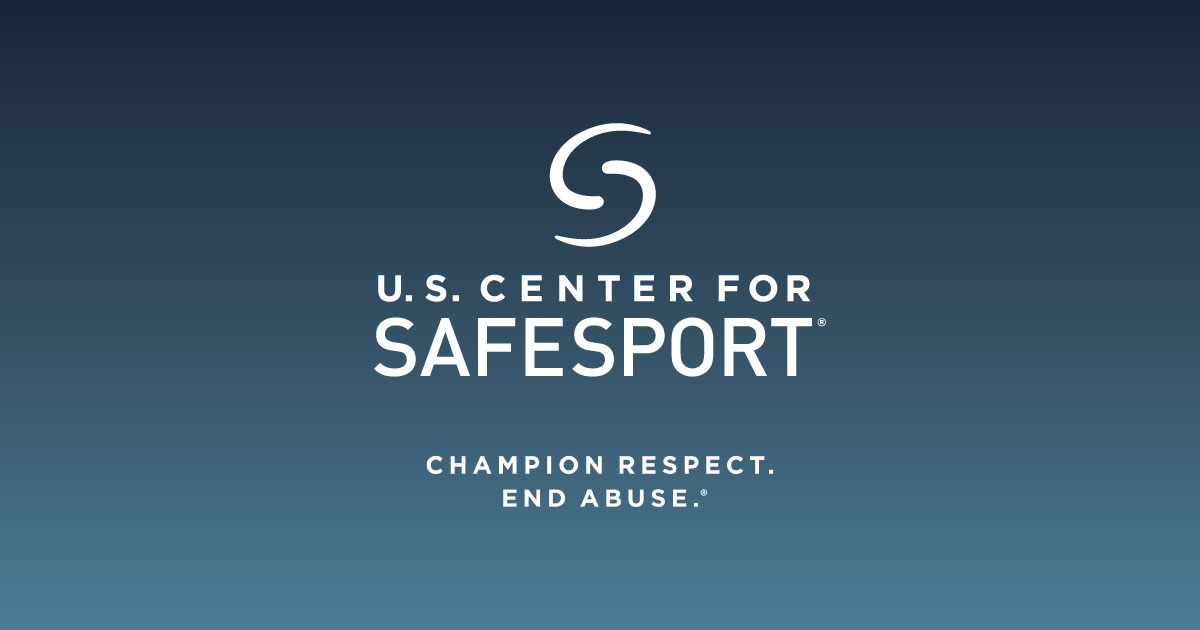
We expect children and young adults to thrive in athletic environments. Those who participate in sports, especially youth, are given an arena to nurture their skills, the opportunity to develop meaningful relationships with peers and educators, and, ultimately, the ability to maintain a healthy lifestyle (Bakır & Kangalgil, 2017). However, a plethora of case studies have legitimized the existence of a dark underbelly of youth sports. Revealing abuse and proving that, for some, sports create an arena where athletes' rights are violated from experiences of sexual abuse. Moreover, low visibility and lack of dialogue allow stigmas and abusive patterns to proliferate, enabling the perpetrator to continue taking advantage of victims and ultimately fly under the radar with their preserved reputation.
It is prudent for us to learn from history and reflect on these incidents to gain a deeper understanding of the dynamics, specific to athletics, that contribute to abuse. This is paramount when engaging in proactive prevention and safeguarding and, ultimately, the preservation of sports at large. This historical pattern of treating athletes as dispensable is unsustainable and taxing – it’s a costly public health issue and unethical from an institutional perspective.
Reviewing the abusive counter-experiences that have arisen from sporting domains since the 1970s, we see how abuse in sports surpasses a contemporary issue. From each incident, we see the consequences of sexual assault manifesting brutally for the victim, prompting significant stress levels and causing physical ailments (Garlick, 2005). On an organizational level, institutions can suffer through a withdrawal of support, a tarnished reputation, lawsuits, and ultimately mark the end of the criminal’s career (Volkwein et al. 1997). This information prompts us to consider who has historically tried to protect athletes – begging the question: who is responsible for safeguarding our past, current, and future athletes and ultimately protecting the sanctity of sports?
There is societal familiarity with Nassar and what unfolded with USA Gymnastics, inspiring the creation of SafeSport in 2017 as a result of increased attention on abuse and protective measures. This is the tip of the iceberg. There are numerous other “scandals” of varying degrees that showcase similar patterns of abusive behavior.: Michigan State, Ohio State, Equestrian Sports, Florida Cheer Gym, Northwestern University, Baylor University, USA Badminton. The common thread throughout these incidents of abuse in sports can be illustrated through these examples: it becomes the victim vs. the institution instead of the victim vs. the perpetrator or the institution vs. the perpetrator.
Consider three cases to review and learn from:
English Football Scandal
The English Football Association received a plethora of complaints regarding sexual abuse from 1970 until the 2000s. The association was criticized for moving slowly and failing to implement protective measures (BBC, 2021). The official, historical investigation was launched in 2016 after accounts of abuse were detailed in sources like the Guardian (BBC, 2021). As a follow-up, a hotline was made for footballers who experienced abuse – the line received more than 860 calls in the first week (BBC, 2021).
This incident displays themes of underreporting and delayed disclosure. The devastating effects of sexual abuse manifest through depression, increased anxiety, PTSD, and physical ailments, which steer victims down the route of non-disclosure, given the average age of disclosure is 52 (Child USA, n.d). This example can prompt us to recognize and empathize with the victim's experience. It also demonstrates the prevalence of abuse within sports and the correlating need for reporting, supportive services, and proactive prevention and safeguarding measures.
USA Swimming
Similarly, USA Swimming has idled in its response to abuse claims. As early as the 1980s, decorated Olympian Micheal Ivy, youth coach Andrew King, and former team director Everett Uchiyama assaulted numerous athletes, all minors, continuing throughout the '90s (Maese & Giambalvo, 2020). After the victims filed suit, it became apparent that the sports officials were aware of the abuse that had occurred but did not take any action in terms of protection or protective measures (Duckett, 2023).
Unfortunately, the story does not end with those three names: “Since 1997, at least 252 swim coaches and officials have been arrested, charged by prosecutors, or disciplined by USA Swimming for sexual abuse or misconduct against minors” (USA Swimming Sex Abuse, 2023).
Through this case, we are able to see multiple examples of institutional betrayal. Institutional betrayal arises when our systems fail to protect us from internal and external threats. Unfortunately, this was not an isolated event.
Check out Sarah’s story for more information.
These cases reveal that every member of our sporting communities has a role to play in safeguarding our sports, especially regarding reporting and serving as safe, active bystanders. When we turn a blind eye, we are giving passive permission for abuse to continue to occur.
Penn State Scandal
The Penn State Scandal has occupied headlines for years. On November 4, 2011, a grand jury report was released containing testimony that former Penn State defensive coordinator Jerry Sandusky sexually abused eight young boys over at least 15 years (Cable News Network, 2024).
Again, we can see bold patterns of institutional betrayal and situations of bad actors being covered up by other personnel who failed to safeguard and report. Further, in this case study, we see another common theme prevalent across abuse incidents in sports – that is, highly reputable and “good people” doing bad things. When abusers abuse, it is hard to act alone, which proves the urgency of active bystanders: if we refrain from speaking up, we are exacerbating the issue. Multiple university administration personnel were charged with cover-ups in attempts to protect Sandusky and his abusive practices (CBS Interactive, 2017).
This case underscores the safety and accessibility aspect of abuse and showcases the horrors that occurred at a university, an institution dedicated to the betterment of young adults.
“It can be very hard to recognize and accept duality within ourselves and among others; people can be both ‘good’ and ‘bad,’ and make both good and bad choices.” (McClain, 2023, 10) The harsh truth of the matter is that abuse can happen right under our noses, bolstering the notion of working collectively to remedy these injustices (McClain, 2023).
Lessons Learned
Upon reflection, what does this information tell us? In short, sexual abuse has been widely accepted – we are placing more worth on the reputation of the institution and/or perpetrator rather than validating victim experiences and ultimately seeking justice. These historical examples, a few of many, University of Kings Colledge, UMN, NHL’s Sheldon Kennedy, reveal that this indeed is not an isolated incident.
Sexual abuse does not discriminate; it can happen anywhere, in any sport, to any athlete. Thus, we urge our readers to check out our Current Events page so that they can stay updated on contemporary articles. At #WRT, we are dedicated to education and awareness in efforts to prevent sexual misconduct and abuse. It is time to change this historical pattern – we all have a role to play in safeguarding our athletes and protecting our sports.
Sophia Tauro
Adler University Masters Student
References
BBC. (2021, March 17). Football’s child sex abuse scandal: A Timeline. BBC News. https://www.bbc.com/news/uk-49253181
Bakır, Y., Kangalgil, M., & , (2017). The Effect of Sport on the Level of Positivity and Well-Being in Adolescents Engaged in Sport Regularly. Journal of Education and Training Studies.
Cable News Network. (2024, April 24). Penn State scandal fast facts. CNN. https://www.cnn.com/2013/10/28/us/penn-state-scandal-fast-facts/index.html
CBS Interactive. (2017, March 13). Former Penn State officials plead guilty for roles in sandusky sex-abuse cover-up. CBS News. https://www.cbsnews.com/news/former-penn-state-officials-plead-guilty-for-roles-in-sandusky-sex-abuse-cover-up/
Child USA (n.d.). Fact Sheet: Window Legislation for Child Sex Abuse Statue of Limitations. https://childusa.org/wp-content/uploads/2020/03/SOLFactSheet2019.pdf
Duckett, M. B. (2023, January 20). A safe sport? A dive into the culture of abuse at USA Swimming. American Journal of Trial Advocacy. https://cumberlandtrialjournal.com/2023/01/19/a-safe-sport-a-dive-into-the-culture-of-abuse-at-usa-swimming/
Garlick, R. (2005). Male and female responses to ambiguous instructor behaviors. Sex Roles, 30(2), 135-158.
Maese, R., & Giambalvo, E. (2020). Six former athletes accuse USA Swimming of failing to act on sex abuse allegations - The Washington Post. https://www.washingtonpost.com/sports/2020/06/10/six-former-athletes-accuse-usa-swimming-failing-act-sex-abuse-allegations/
McClain, K. (2023). We ride together blog: For whom the shame bell tolls. We Ride Together Blog | For Whom the Shame Bell Tolls. https://www.weridetogether.today/blog-posts/for-whom-the-shame-bell-tolls
USA swimming sex abuse. California Sexual Assault Victim Lawyers. (2023, April 25). https://www.cbalawfirm.com/usa-swimming-sex-abuse.html#:~:text=In%202020%2C%20six%20women%20filed,of%20these%20coaches%20to%20children.&text=You%20have%20the%20power%20to%20make%20a%20difference.
Volkwein, K., Schnell, F., Sherwood, D., & Livezey, A. (1997). Sexual Harassment in Sport. International Review for the Sociology of Sport, 32(3), 283-295.



-min.jpg)
